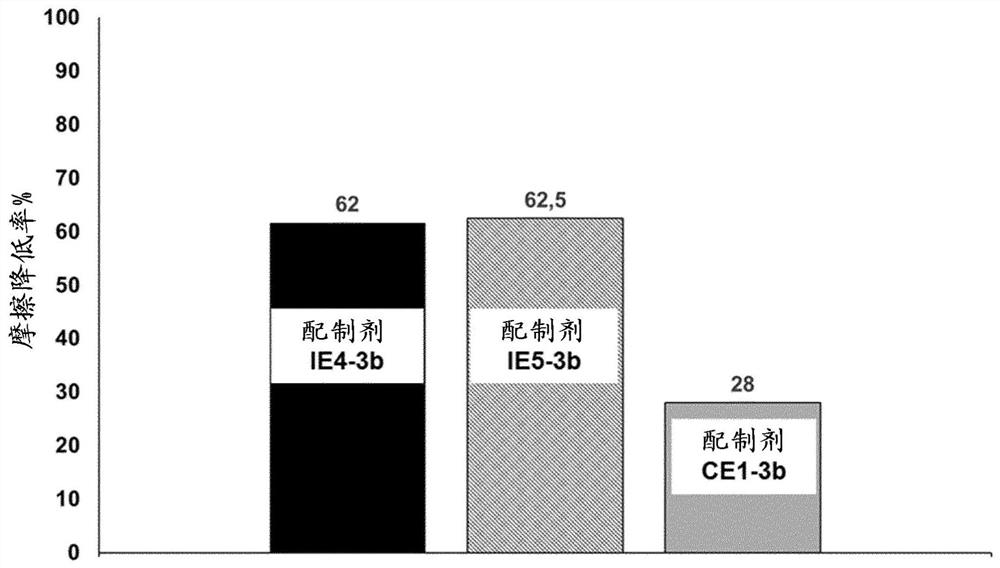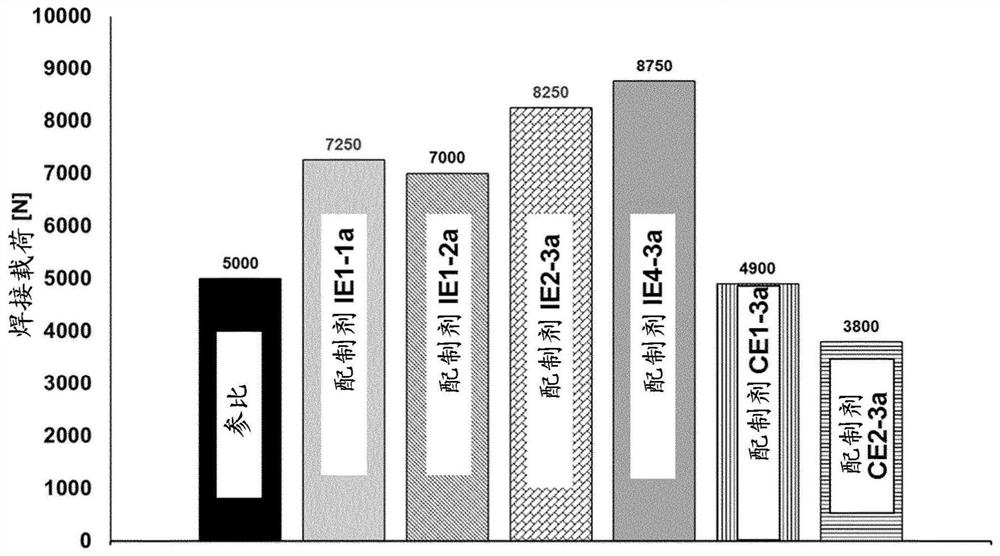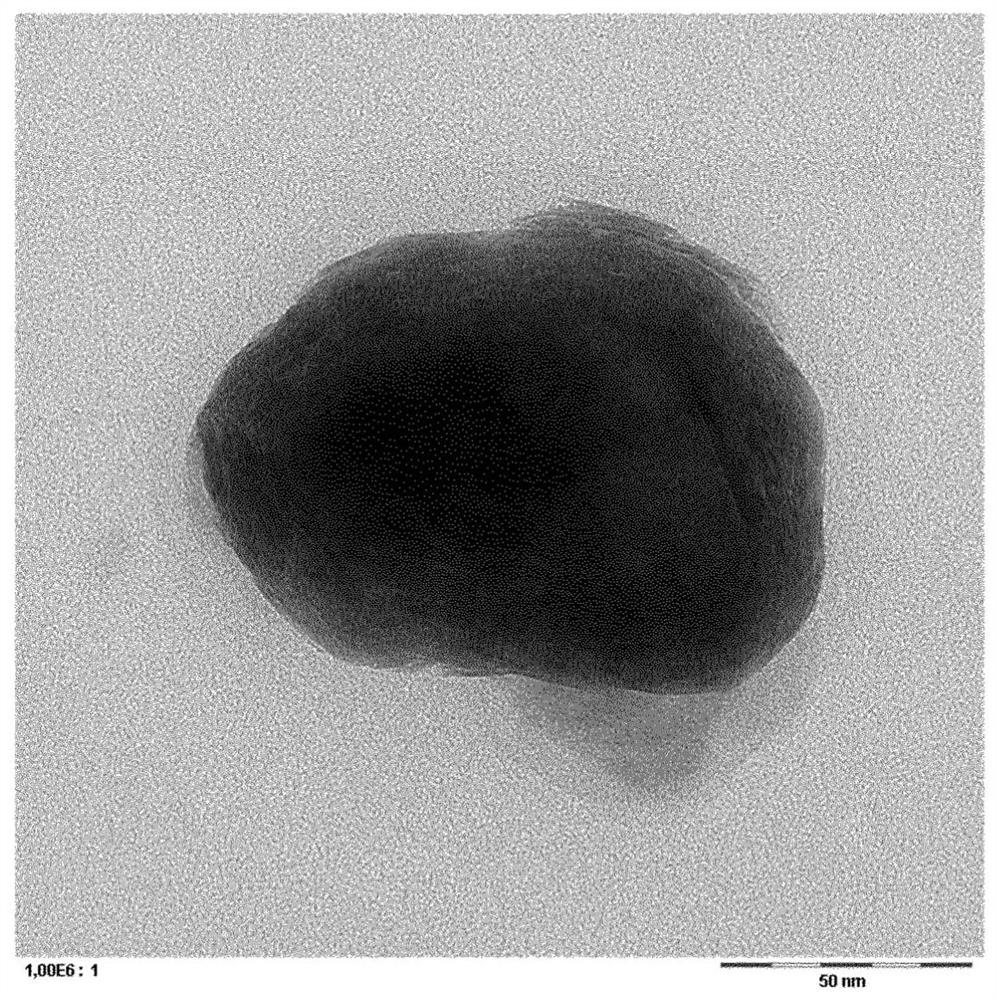Polymer-inorganic nanoparticle compositions, methods for their manufacture and their use as lubricant additives
A technology of inorganic nanoparticles and polymers, used in the fields of improving tribological properties, improving extreme pressure properties and friction reduction rates on metal components, and solving problems such as engine components and bearing corrosion
- Summary
- Abstract
- Description
- Claims
- Application Information
AI Technical Summary
Problems solved by technology
Method used
Image
Examples
preparation example Construction
[0179] Preparation of Polymer Compound (B)
[0180] According to the present invention, the above-mentioned polymers can be prepared according to a method comprising the following steps:
[0181] (a) providing the monomer composition as described above; and
[0182] (b) Initiating free radical polymerization in the monomer composition.
[0183] Standard free radical polymerization is described in detail in Ullmann's Encyclopedia of Industrial Chemistry, sixth edition, among others. In general, polymerization initiators and optionally chain transfer agents are used for this purpose.
[0184] The polymerization can be carried out under standard pressure, reduced pressure or elevated pressure. The polymerization temperature is also not critical. In general, however, it is in the range of -20 to 200°C, preferably 50 to 150°C and more preferably 80 to 130°C.
[0185] Polymerization step (b) can be carried out in oil, diluted or undiluted. If diluted, the amount of the monom...
Embodiment approach
[0198] According to a preferred embodiment of the present invention, the polymer-inorganic nanoparticle composition can be obtained by milling a mixture comprising one or more intercalation compounds (A) and one or more polymer compounds (B),
[0199] wherein the intercalation compound (A) is a nanostructured compound comprising multilayer fullerene-like nanostructures each consisting of a metal chalcogenide and having the formula MX 2 (M=W and X=S), preferably having a spherical shape,
[0200] wherein the one or more polymer compounds (B) can be obtained by polymerizing the following monomer composition comprising:
[0201] a) 1 to 60% by weight, preferably 2 to 50% by weight, more preferably 2 to 40% by weight, most preferably 3 to 35% by weight of said one, based on said one or more polymer compounds (B) or functional monomers as component a); and
[0202] b) 10 to 99% by weight, preferably 20 to 98% by weight, more preferably 30 to 98% by weight, most preferably 35 to ...
PUM
 Login to View More
Login to View More Abstract
Description
Claims
Application Information
 Login to View More
Login to View More - R&D
- Intellectual Property
- Life Sciences
- Materials
- Tech Scout
- Unparalleled Data Quality
- Higher Quality Content
- 60% Fewer Hallucinations
Browse by: Latest US Patents, China's latest patents, Technical Efficacy Thesaurus, Application Domain, Technology Topic, Popular Technical Reports.
© 2025 PatSnap. All rights reserved.Legal|Privacy policy|Modern Slavery Act Transparency Statement|Sitemap|About US| Contact US: help@patsnap.com



